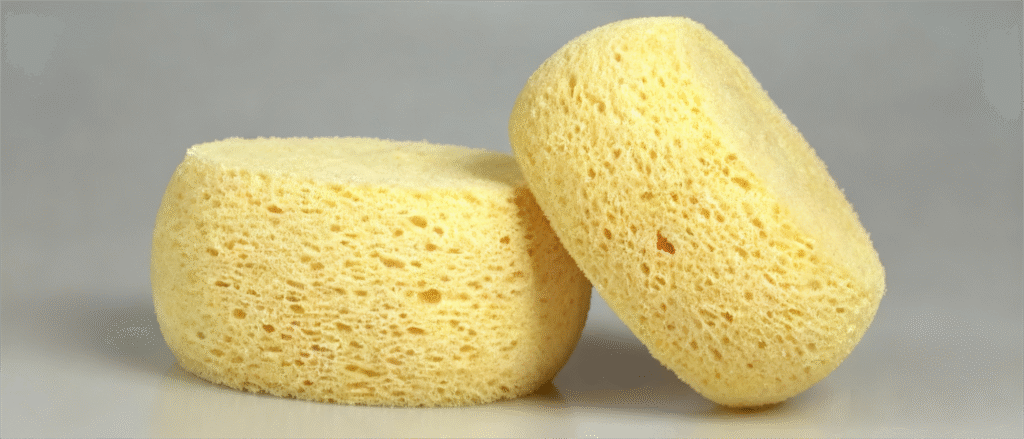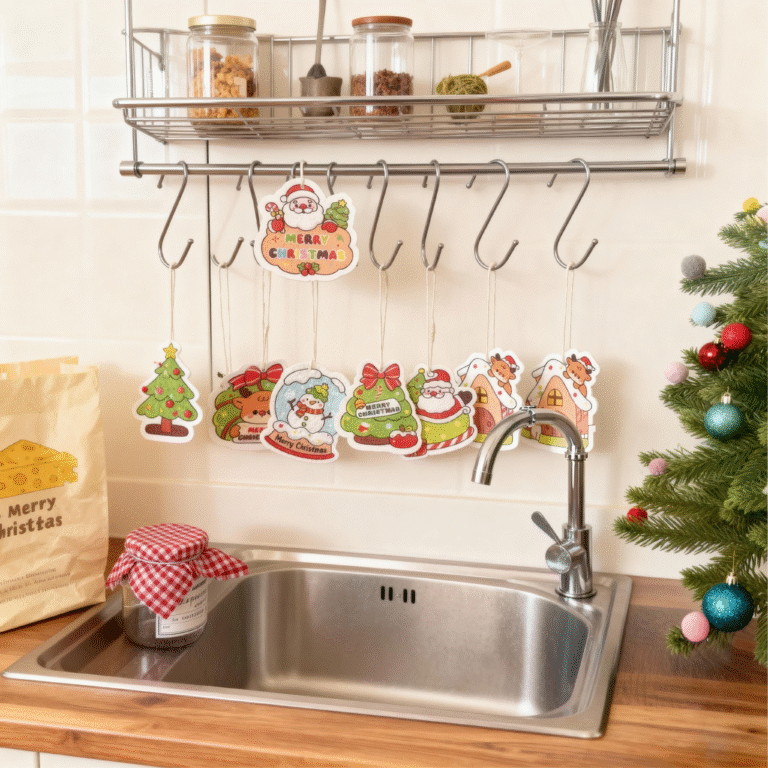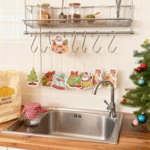Free US Shipping on $39+ Orders
What Is a Cellulose Sponge? Materials, Making, and Why It’s Better for the Planet
Short answer: wood-pulp fibers form a honeycomb network that soaks/releases water fast, building foam with less detergent and drying quicker than plastic foam.
In this guide
How cellulose sponges are made
Manufacturers blend purified wood pulp with natural fibers and pore-forming salts. The sheet is cooked and washed to leave an open-cell honeycomb structure. Sponges are cut into shapes—like our gift-ready designs—and dried.
This network gives cellulose its signature balance: eager to soak up water when dry, yet able to release water efficiently when squeezed. That’s why it lathers quickly and dries faster on the rack.
Kitchen performance benefits
Capillary action builds rich foam with less soap.
Smooth when wet—great for non-stick & enamel.
Releases water when squeezed; dries faster.
Soft yet controlled on glassware and dishes.
Compared to plastic foam, cellulose doesn’t cling to greasy film as much. With mild detergent and warm water, you’ll notice fewer streaks on glass and less soap residue on pans.
End-of-life & eco notes
Biodegradable under proper conditions means breakdown occurs in microbially active, oxygen-rich environments (such as industrial composting). It won’t behave like a leaf in a dry landfill, but it also won’t shed microplastics the way synthetic foam can. Follow local waste guidance.
How to choose a quality cellulose sponge
- 100% cellulose (plastic-free) with even pores.
- Dye-safe inks if printed; food-contact-safe colors.
- Responsible packaging—paper or minimal plastic.

FAQ (People also ask)
What is a cellulose sponge made of?
Purified wood-pulp cellulose with a controlled pore network and small amounts of reinforcing fibers.
Is a cellulose sponge biodegradable?
Yes, under appropriate composting/biologically active conditions; always follow local rules.
Why does a cellulose sponge dry faster?
Open-cell capillaries release water efficiently when squeezed, increasing surface airflow for quicker drying.
Does cellulose scratch non-stick?
No, when used wet with mild detergent. Avoid powders and steel wool on coated cookware.




